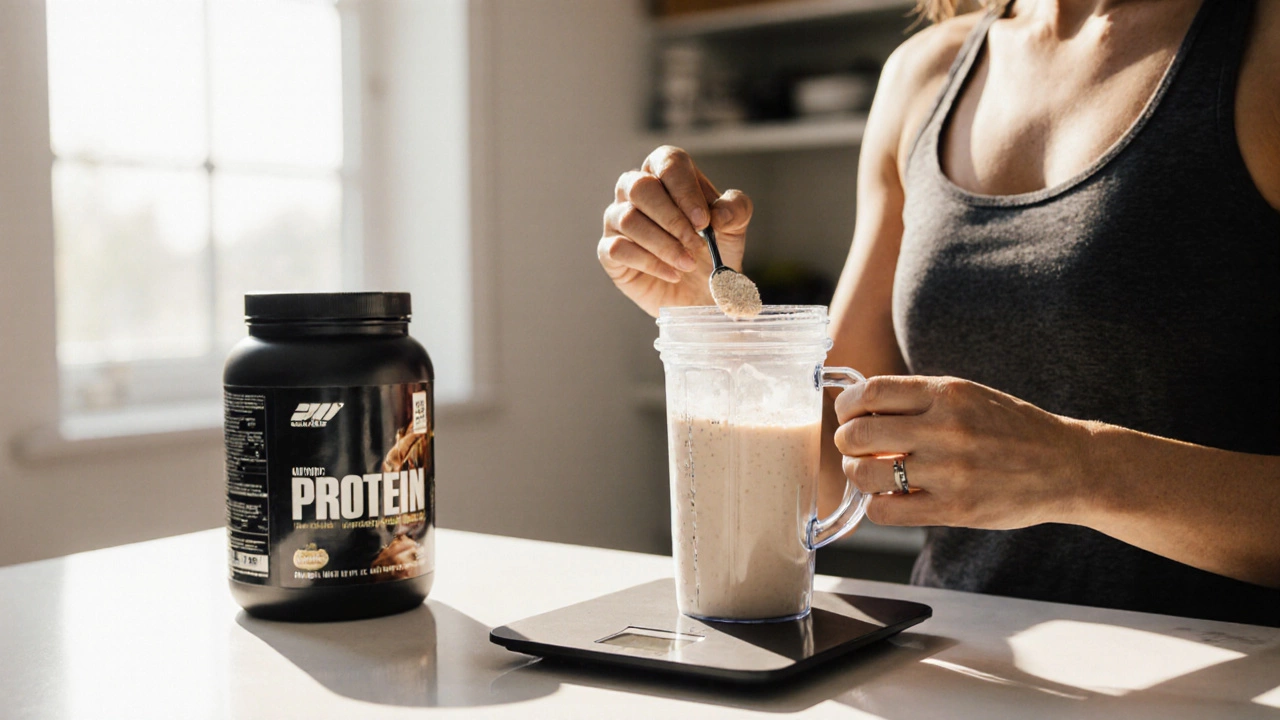Daily Protein Intake: What You Need to Know
When working with daily protein intake, the amount of protein you consume each day to support your body’s needs. Also known as protein consumption per day, it plays a key role in muscle repair, energy balance, and overall health.
One of the first things people ask is how much protein is enough. The answer depends on your activity level, goals, and body size. For most adults, 0.8 g of protein per kilogram of body weight is the baseline. If you’re doing regular fitness training, that baseline often bumps up to 1.2–2.0 g/kg to fuel strength work and endurance sessions. Think of protein as the building blocks that keep your muscles, skin, and hormones running smoothly.
Why does this matter for muscle recovery? After a yoga flow, a HIIT sprint, or a weight‑lifting session, your muscles experience tiny tears. Protein provides the amino acids needed to patch those tears, making them stronger the next time you move. Studies show that eating protein within 30‑60 minutes post‑workout can speed up repair and reduce soreness, which means you can train more consistently without feeling wiped out.
Protein also has a surprising impact on weight management. It’s more satiating than carbs or fats, so a protein‑rich meal can keep cravings at bay. Additionally, the body burns more calories digesting protein—a effect known as the thermic effect of food. This helps create a modest calorie deficit if you’re aiming to lose weight, while preserving lean muscle mass during a calorie‑restricted phase.
Practical Tips to Meet Your Daily Protein Goals
Here’s a quick cheat‑sheet you can follow whether you’re a yoga beginner or a cardio junkie. First, spread protein across all meals; aiming for 20‑30 g per serving works for most people. Include sources like Greek yogurt, eggs, beans, tofu, lean meat, or fish. If you’re vegan, combine legumes with grains or add a plant‑based protein powder to smoothies. Second, plan ahead. Batch‑cook a big pot of chili or a quinoa salad and portion it out for the week—this saves time and prevents you from reaching for a carb‑only snack.
Don’t forget timing. A protein snack right after a workout—like a whey shake or a handful of nuts—can boost recovery. For those who prefer whole foods, a slice of whole‑grain toast topped with avocado and a poached egg does the trick. If you’re doing multiple training sessions in a day, consider a second protein boost mid‑afternoon to keep muscle protein synthesis ticking.
Finally, keep an eye on quality. Complete proteins contain all nine essential amino acids. Animal products are naturally complete, while most plant foods are not. Pairing beans with rice, hummus with pita, or lentils with quinoa creates a complete profile. This way you get the benefits without compromising on your dietary preferences.
All of these ideas tie into the broader theme of nutrition planning. When you map your meals, workouts, and recovery periods, protein becomes a predictable part of the puzzle rather than an afterthought. The result is steadier energy, better performance in yoga flows, stronger cardio sessions, and more consistent progress towards your health goals.
Below you’ll find a collection of articles that dive deeper into related topics—restorative yoga, cardio choices, weight‑loss strategies, and more. Each piece shows how a solid protein strategy fits into a holistic wellness routine, giving you the tools to stay balanced and strong day after day.

How Many Protein Shakes Can You Safely Drink Daily?
Maeve Larkspur Oct 8 0Learn the safe number of protein shakes you can drink each day, how to match them to your protein goals, and tips to avoid common pitfalls.
More Detail